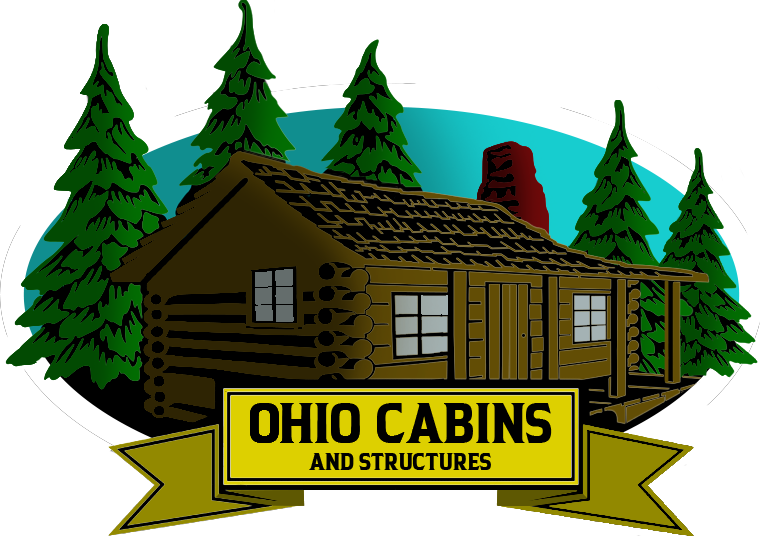Understanding how to clean hardwood floors is essential for preserving their natural beauty, extending their lifespan, and maintaining the overall value of a home. Whether you’re caring for original wood flooring in a vintage home in Akron or maintaining the finish on a newly built log cabin in Hartville, hardwood floors require more than just a quick sweep. Cleaning them properly involves knowing your floor’s finish, using the right cleaning agents, and adapting your routine to the Ohio seasons.
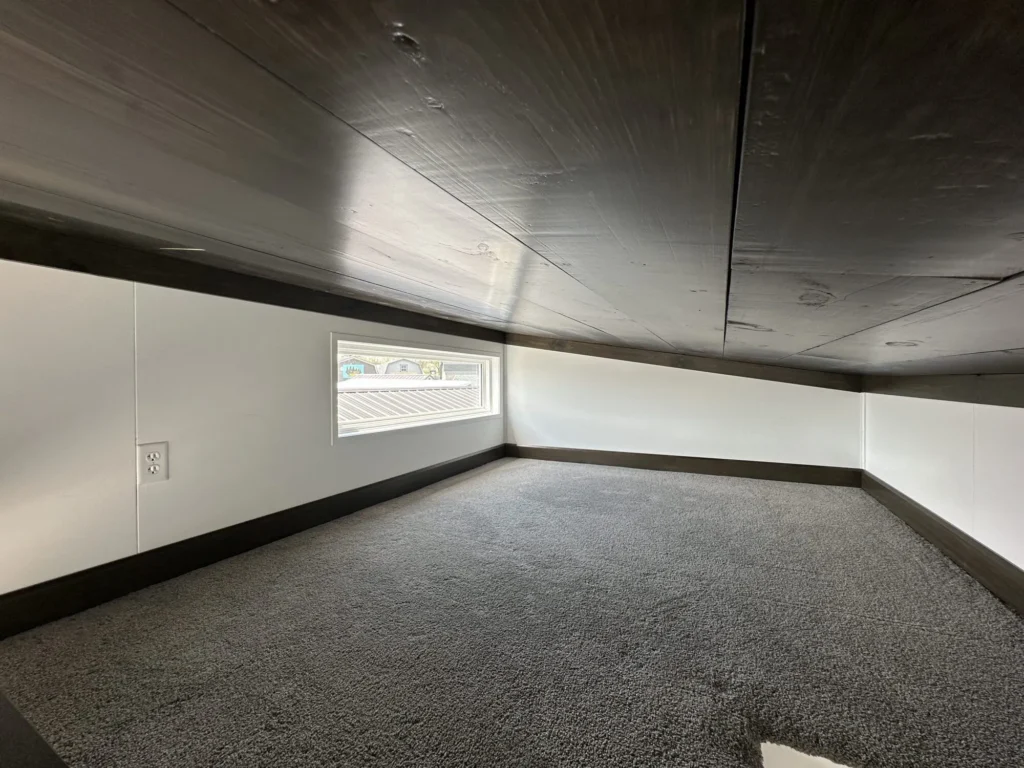
Understanding Hardwood Floor Finishes
Before you dive into how to clean hardwood floors, it’s important to identify what type of finish you’re dealing with. Most modern hardwood floors have either a polyurethane or a wax finish. Polyurethane creates a hard, water-resistant layer on top of the wood, making it easier to clean and more durable against spills and stains. Wax finishes, on the other hand, penetrate the wood and offer a soft, matte look but require more careful maintenance.
In older homes or rustic cabins throughout Ohio, you may encounter oil-finished or shellac-coated floors that need specific care. Using the wrong product on a wood floor can cause clouding, stripping, or warping. When in doubt, test a small, inconspicuous area or consult with a flooring expert.
Routine Cleaning to Prevent Damage
The foundation of how to clean hardwood floors lies in routine maintenance. Dust and grit are the main enemies of wood flooring, especially in states like Ohio where outdoor debris is tracked in during snowy or muddy months. Daily or frequent dry cleaning with a soft-bristled broom, microfiber dust mop, or vacuum (with a floor brush attachment) keeps grit from scratching the wood surface.
Even though hardwood seems solid, its finish can wear down quickly without regular cleaning. Vacuuming weekly and sweeping daily in high-traffic areas helps prevent surface dullness and scratches. Homes with pets, children, or entryways near unpaved surfaces may require more frequent upkeep to keep the floor in peak condition.
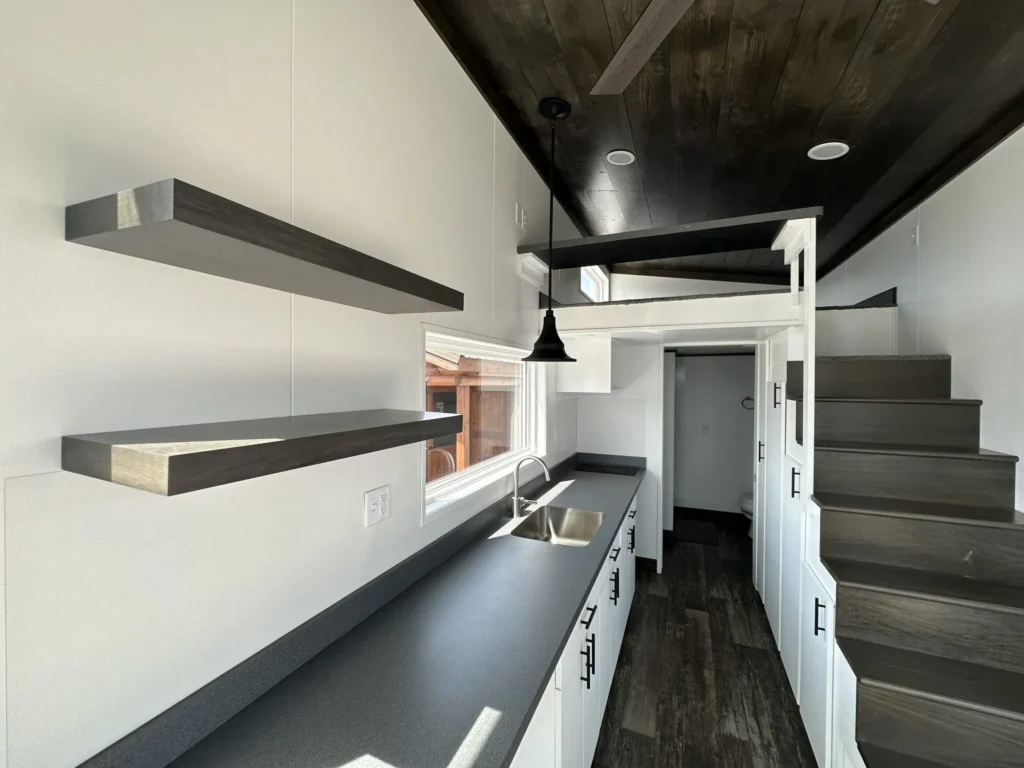
Using the Right Cleaning Solutions
For expert-approved recommendations, the National Wood Flooring Association provides detailed advice on cleaning and caring for different types of hardwood finishes. Their guidelines stress the importance of pH-balanced cleaners and avoiding oversaturation.
One of the most misunderstood parts of how to clean hardwood floors is choosing the right solution. Water is a common hazard for wood floors, and over-wetting a mop or using steam cleaners can lead to swelling, cracking, or separation of boards. Instead, use a damp—not wet—microfiber mop paired with a hardwood floor cleaner that is pH-neutral and specifically labeled for wood surfaces.
Avoid all-purpose cleaners, ammonia-based solutions, and anything that leaves a soapy or waxy residue. In Ohio, where humidity levels fluctuate between seasons, moisture control is critical. Make sure to immediately wipe up any spills and dry the floor after mopping to prevent moisture from seeping into seams and causing long-term damage.
Seasonal Maintenance for Ohio Homes
Ohio’s climate plays a significant role in hardwood floor care. Winters can bring in road salt, moisture, and mud, while summers may increase humidity that can cause the boards to expand. During winter, placing mats at entrances and using shoe trays can help protect the wood from salt and grit. Additionally, running a humidifier indoors can prevent the wood from drying out and shrinking in heated environments.
In the summer, it’s helpful to use air conditioning or dehumidifiers to control excessive moisture that can make the boards swell or buckle. Being proactive with climate control makes a huge difference in how your hardwood floors age and perform over time.
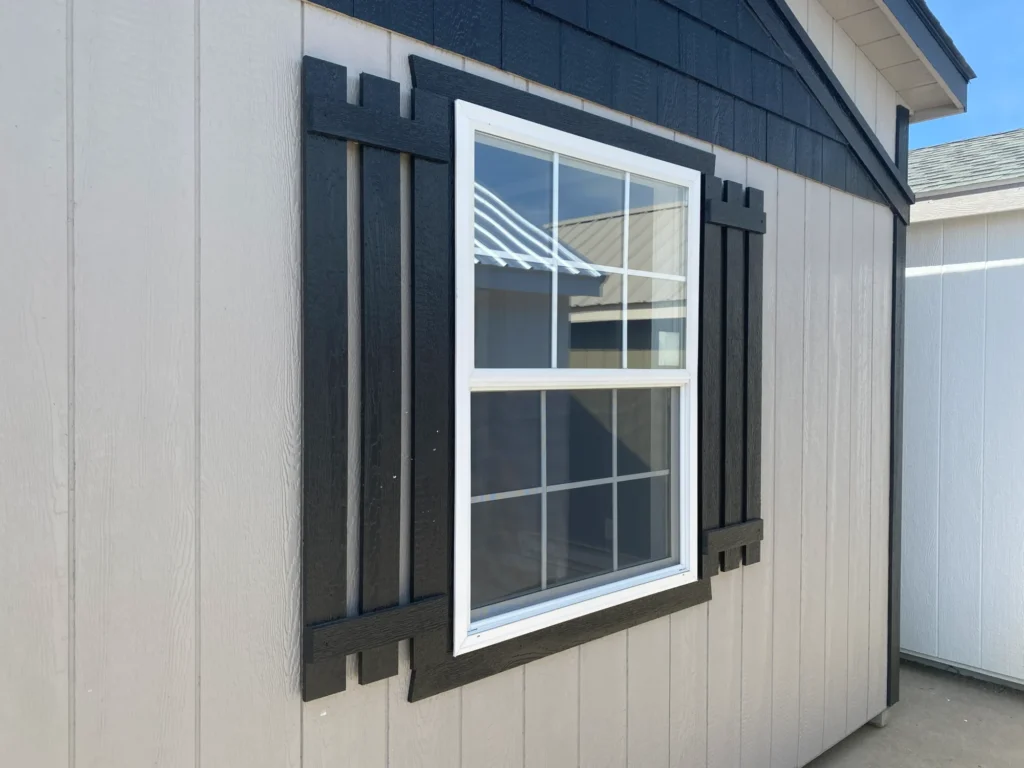
Tackling Stains and Scuffs
According to Bob Vila’s hardwood floor care guide, simple DIY solutions like baking soda or mild detergent can safely handle minor stains without compromising the finish. These techniques are especially useful for seasonal grime or pet-related mishaps in high-traffic homes.
Even with the best routine, accidents happen. When learning how to clean hardwood floors, it’s important to know how to manage spots, stains, and scuff marks. For dark marks caused by water or pet urine, a paste of baking soda and water may help lift the stain. For surface scuffs, a soft cloth dampened with a bit of floor cleaner usually does the trick.
Oil-based stains may require a gentle detergent mixed with water, applied with a soft cloth. Be cautious with abrasive scrubbing, which can damage the finish or even expose raw wood. Always dry the area immediately after spot cleaning to avoid water damage.
Avoiding Common Cleaning Mistakes
Many homeowners inadvertently shorten the life of their hardwood floors by making common cleaning mistakes. Using excessive water, vinegar, or steam mops are among the biggest errors. These methods may seem efficient but can cause long-term issues like warping, dulling, or discoloration.
Another common error is using cleaning products intended for other surfaces. For example, tile or laminate cleaners often contain ingredients that strip or dull hardwood finishes. Similarly, polishing too frequently or with the wrong type of wax can create buildup or uneven shine.
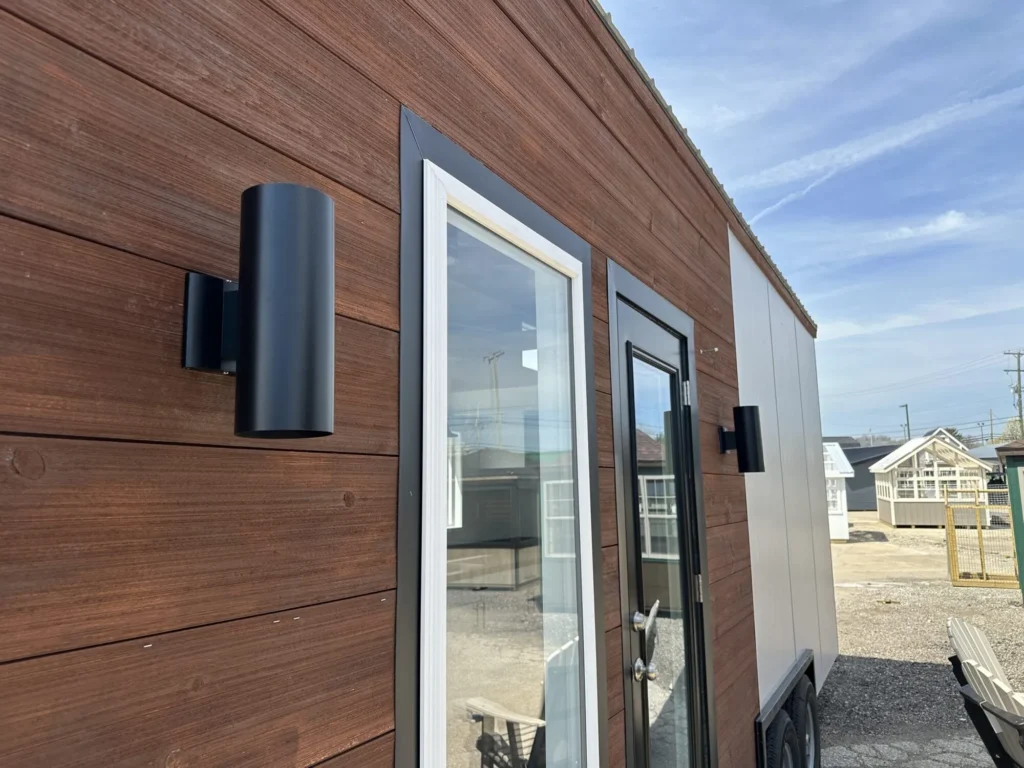
Long-Term Floor Care and Maintenance
In addition to knowing how to clean hardwood floors, it’s essential to plan for long-term maintenance. Recoating polyurethane floors every 3–5 years helps preserve their protective layer and keeps them looking new. This process involves lightly sanding the surface and applying a fresh topcoat without fully sanding down to bare wood.
Waxed floors may require reapplication of wax every 6 to 12 months, depending on foot traffic and wear. Deep cleaning and buffing can rejuvenate the wood’s appearance and delay more extensive refinishing projects. Professional refinishing is typically needed every 10 to 20 years, depending on the floor’s condition.
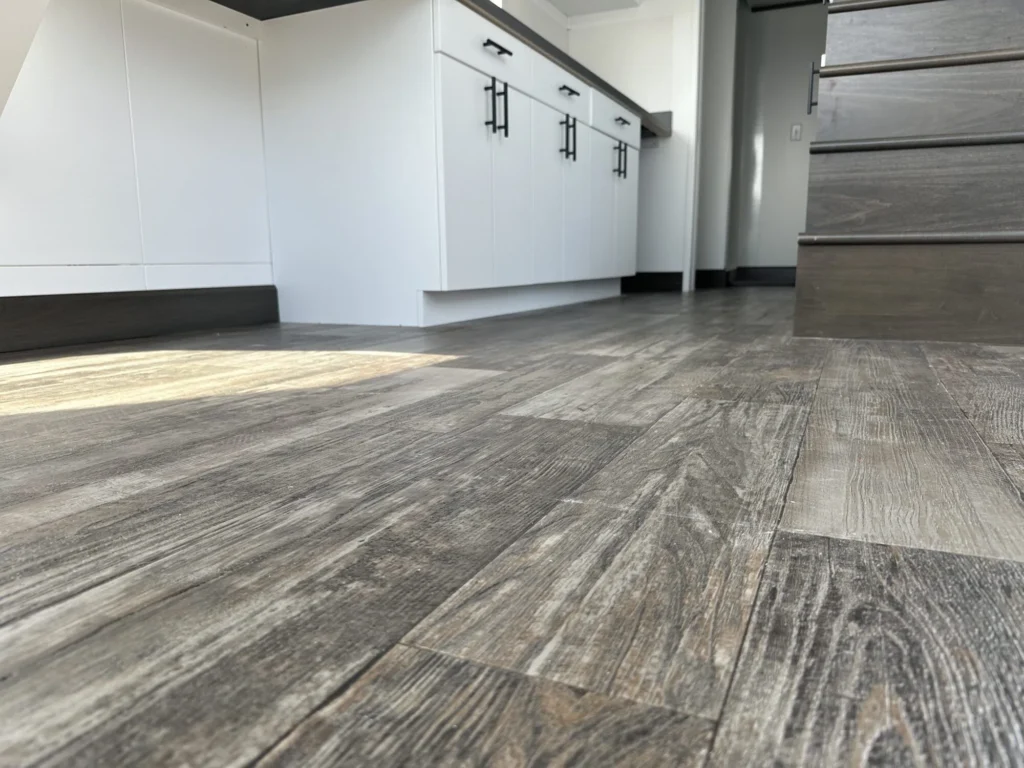
Conclusion
Properly learning how to clean hardwood floors ensures their elegance and resilience through every season in Ohio. From understanding the right cleaners to adjusting for climate changes, your approach to maintenance can significantly impact how these floors age. Whether you’re maintaining the warmth of hardwood inside a modern home in Cleveland or caring for original flooring in a custom-built cabin, knowledge and consistency are the keys to longevity.
For expertly crafted log cabins and structures built to endure the Ohio climate, explore Ohio Cabin And Structures.
